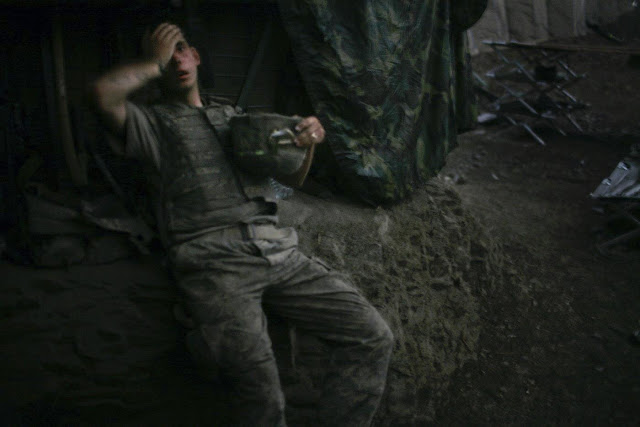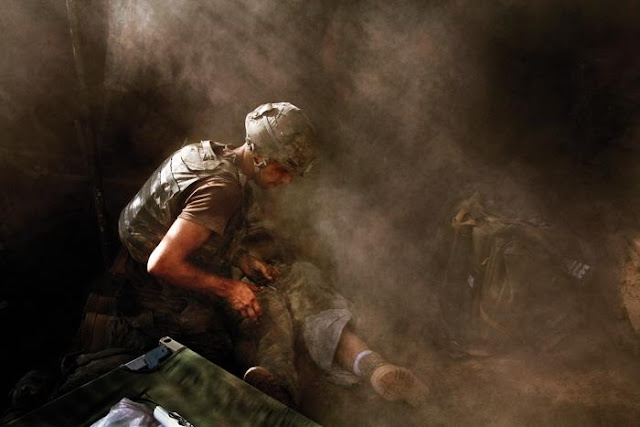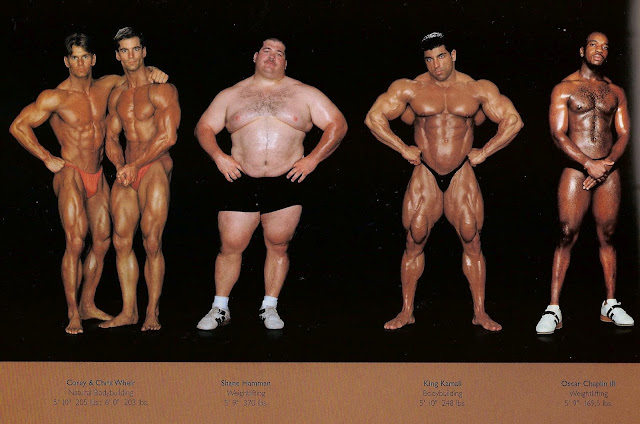Tim Hetherington: The Face of War
When photography first developed into something portable, documenting the front lines became a reality and war photography became a reality. Nowadays, the world has become saturated with images of armed conflict, so much so that it's not uncommon to find people desensitized by the images. Still, war images have their place in photography, with the likes of Tim Hetherington showing the world the true face of war.
Tim Hetherington got his start in photography when he received £5,000 from his grandmother's will. He didn't use this money for photography equipment, but on travelling abroad; he went to China, India and Tibet learning about the different cultures there. The two years he spent in these countries changed his perspective on life and made him want to record the world that he saw.
He spent the next four years working at odd jobs in order to go to back to college, and spent a year learning photojournalism. He eventually got a job as a staff photographer for The Big Issue. Shorlty after, Hetherington spent much of his time in Liberia and Nigeria, covering the civil war engulfing the region.
In 2007, Hetherington began his series on Afghanistan, specifically in Korengal Valley which was said to be the most dangerous place in Afghanistan during that time. He spent his days with the men of the Second Platoon, Battle Company of the Second Battalion of the US 503rd Infantry Regiment. Hetherington made several trips to Outpost Restrepo together with other photojournalists.
In 2010, released the documentary film, "Restrepo", which depicted what life was like in the Afghan military outpost. It won the Grand Jury Prize for Best Documentary at the 2010 Sundance Film Festival, and was nominated for an Academy Award for Best Documentary in 2011.
During his lifetime, Hetherington's achievements did not go unnoticed. He won many awards, including the prestigious World Press Photo on different occasions. In 1999, he won the 2nd prize in the Sports stories category for his series on Liberian children using football to provide stability in their lives amidst the civil strife. In 2001, he won 1st prize in the Portraits series for his photographs of students in a Sierra Leone school for the blind. In 2007, he won twice; 2nd prize in the General News stories for his photographs of OP Restrepo (most of the images in this post), and the 2007 World Press Photo of the Year for an image of a soldier resting wearily in the Restrepo bunker (the header image above).
Sadly, Hetherington was killed while covering the Arab Spring uprising in Libya. Another photojournalist, Chris Hondros, also died when they were walking along the front-line together with rebel fighters. Hetherington covered war not because he loved it, but because he felt that he had the responsibility to show the rest of world the violence of armed conflict. His now immortal photographs are a continuing testament to his work.
The Late Tim Hetherington is remembered through his official website and his memorial site. Find the face of war in Tim Hetherington: Infidel, Long Story Bit by Bit: Liberia Retold, and Restrepo [Blu-ray].











Amazing, fecking amazing!
ReplyDeletethe face of war is scary.
ReplyDeleteeastern north carolina
good pics
ReplyDeletewar :(
ReplyDeleteAmazing pictures, depicting a cruel reality.
ReplyDeleteI like the writing on those cartridges.
ReplyDeleteThese are unreal
ReplyDelete